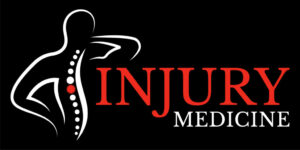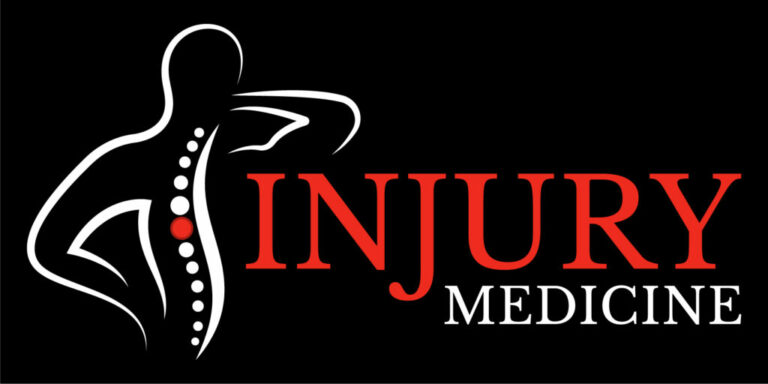Hypotension, within the context of law and medicine, refers to a medical condition characterized by abnormally low blood pressure levels within the arteries. While primarily a medical and physiological term, hypotension can have legal implications, particularly in cases involving personal injury claims, medical malpractice, workplace incidents, and disputes over liability and damages. This comprehensive definition aims to provide a detailed overview of hypotension, its legal implications, and its significance within various legal scenarios.
Medical Characteristics of Hypotension:
Blood Pressure Measurement: Blood pressure is measured using two values: systolic pressure (the pressure in the arteries when the heart beats) and diastolic pressure (the pressure in the arteries when the heart rests between beats). Hypotension is typically defined as having a systolic blood pressure below 90 mm Hg and/or a diastolic blood pressure below 60 mm Hg.
Types: Hypotension can be classified into different types, including:
– Orthostatic Hypotension: Occurs when blood pressure drops significantly upon changing from a seated or lying position to a standing position. This can lead to dizziness or fainting.
– Neurally Mediated Hypotension: A condition in which blood pressure drops significantly as a result of a malfunction in the autonomic nervous system, often triggered by certain stressors.
– Hypotension Due to Underlying Medical Conditions: Hypotension can also result from underlying medical conditions such as heart problems, endocrine disorders, or dehydration.
Causes: Hypotension can result from various factors, including dehydration, heart conditions (e.g., bradycardia, heart valve disorders), hormonal imbalances (e.g., Addison’s disease), neurological disorders (e.g., Parkinson’s disease), blood loss, sepsis, and certain medications.
Symptoms: The symptoms of hypotension can vary but often include dizziness, lightheadedness, blurred vision, confusion, nausea, fatigue, fainting (syncope), and, in severe cases, shock.
Diagnosis: Diagnosis of hypotension involves measuring blood pressure and assessing the individual’s medical history and clinical presentation. Healthcare providers may also conduct various tests to identify any underlying causes.
Treatment: The treatment of hypotension depends on the underlying cause. In cases of orthostatic hypotension, lifestyle modifications (e.g., increasing fluid and salt intake) and medications may be prescribed. Treatment of other types of hypotension involves addressing the specific underlying medical condition.
Legal Implications in Various Legal Scenarios:
Hypotension can have legal implications in various legal scenarios, including:
Personal Injury Claims: Individuals who experience injuries or complications due to hypotension may seek compensation for medical expenses, pain and suffering, lost wages, and other damages. Legal proceedings often involve assessing liability and the extent of the injuries, including hypotension.
Medical Malpractice: In cases where healthcare providers are alleged to have failed to diagnose or appropriately manage hypotension, patients may pursue medical malpractice claims. Allegations may include diagnostic errors, mismanagement of treatment, failure to provide informed consent, or inadequate monitoring.
Workplace Incidents: Employees who experience hypotension-related health issues due to workplace conditions or exposures may be eligible for workers’ compensation benefits. Legal proceedings may involve determining the extent of the injury, the impact on the individual’s ability to work, and the entitlement to compensation.
Preventive Measures and Legal Considerations:
To mitigate the risk of legal issues related to hypotension and promote fairness and accuracy in legal proceedings, individuals, employers, healthcare providers, and legal professionals can consider the following preventive measures and legal considerations:
Regular Health Check-ups: Individuals should undergo regular health check-ups, including blood pressure monitoring, to detect and manage hypotension or any underlying causes.
Medication Management: Healthcare providers should carefully prescribe and monitor medications that may lead to hypotension as a side effect.
Hydration: Individuals should maintain proper hydration, especially in hot weather or when engaging in physical activities that can lead to fluid loss.
Underlying Conditions: Healthcare providers should assess and manage underlying medical conditions that can cause hypotension, such as heart problems or endocrine disorders.
Medical Documentation: Thorough and accurate medical records should be maintained, including documentation of blood pressure measurements, clinical evaluations, treatment plans, and informed consent forms.
Legal Consultation: In cases where hypotension results in significant harm, complications, or legal disputes, individuals should consult with legal professionals who specialize in personal injury, medical malpractice, workers’ compensation, or workplace injury claims to understand their rights and potential legal options.
Conclusion:
Hypotension, characterized by abnormally low blood pressure levels within the arteries, is primarily a medical and physiological term. However, it can have legal implications in cases involving personal injury claims, medical malpractice, workplace incidents, and disputes over liability and damages. Legal professionals, healthcare providers, individuals, and employers should collaborate to ensure fair legal outcomes and promote the accurate assessment of hypotension and its impact on individuals’ lives. Proper diagnosis, treatment, documentation, lifestyle modifications, and access to legal counsel are essential factors in achieving equitable solutions in cases involving hypotension.

